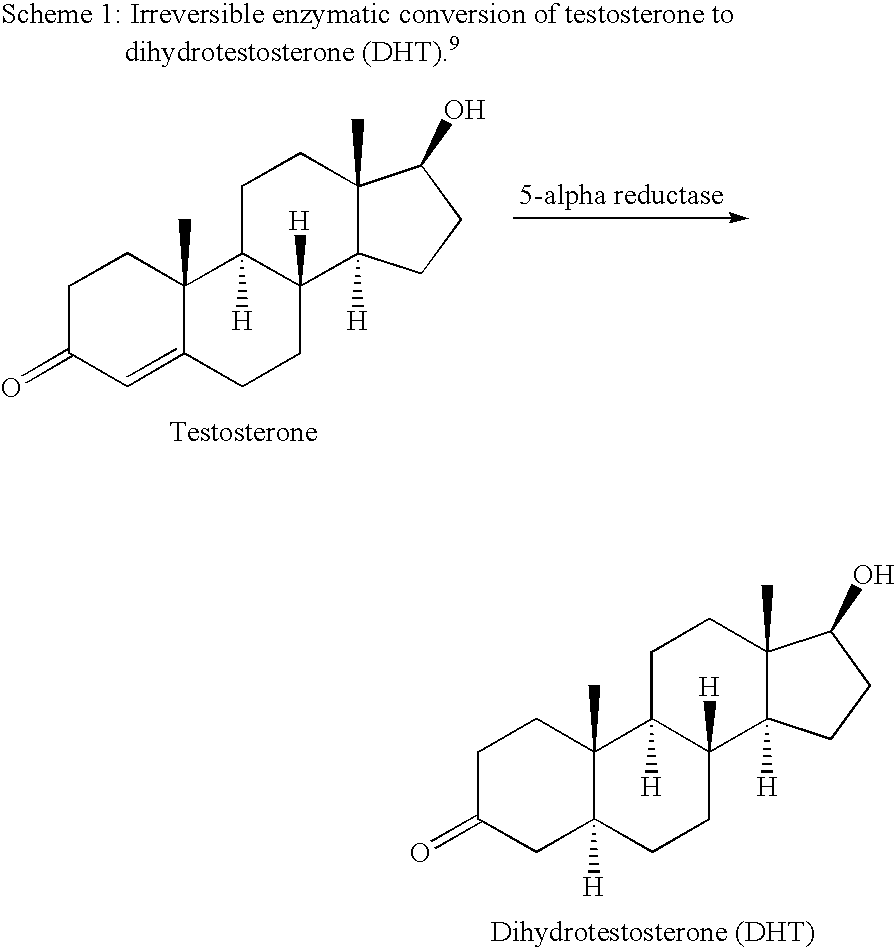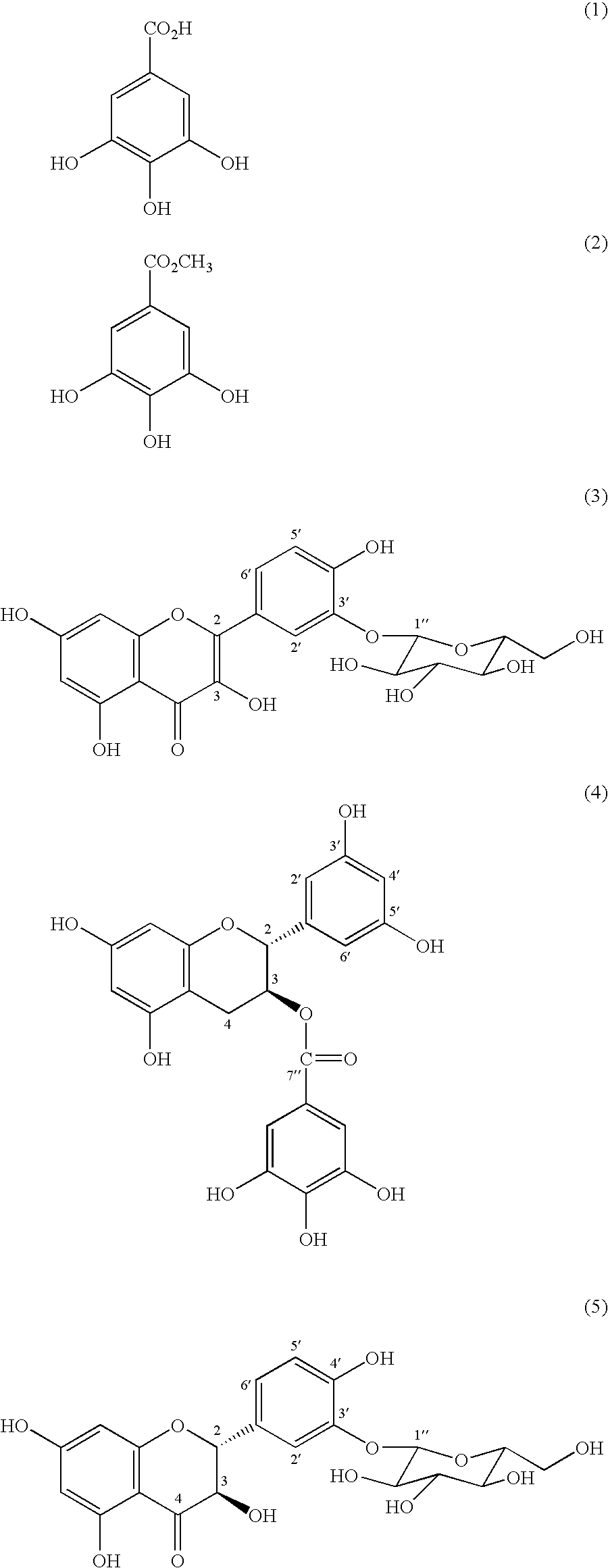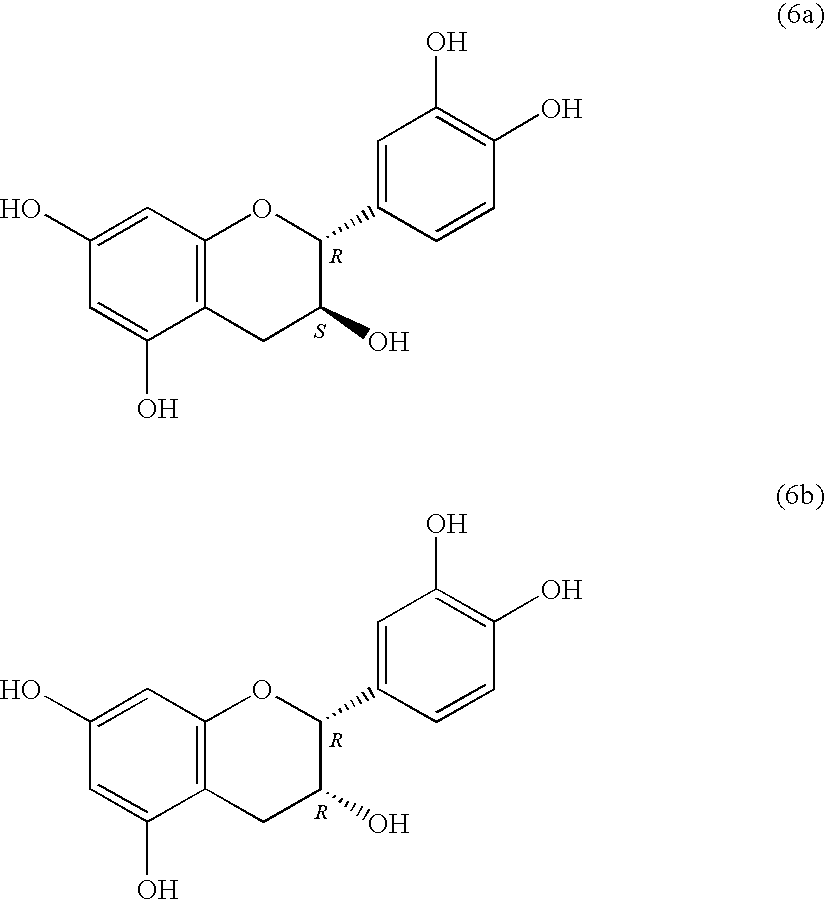Management and treatment of benign prostatic hyperplasia
a benign prostatic hyperplasia and benign prostatic hyperplasia technology, applied in the direction of biocide, plant/algae/fungi/lichens, plant compositions, etc., can solve the problems of bph prevalence having a serious impact on the quality of life of older males, urinary tract infections, kidney disease, etc., to reduce the use of surgical methods, relax the smooth muscle, and reduce the effect of urethra and bladder neck
- Summary
- Abstract
- Description
- Claims
- Application Information
AI Technical Summary
Benefits of technology
Problems solved by technology
Method used
Image
Examples
Embodiment Construction
Preparation and Fractionation of the Extract
[0047]Bulk rhizomes of E. elephantina were sliced and dried overnight in an oven at 60° C. to produce 5 kg of oven dried plant material. The oven-dried material was then ground and boiled in 25 l of distilled water for 1 hour. The filtrate (tea) was cooled and decanted and separated from the plant material, filtered through a cheese cloth first and then through Whatman No. 1 filter paper. The resultant extract was then spray-dried on a large scale and 50 g solid extract was recovered. Of this, 23 g was utilized for the fractionation process. A modified counter-current partitioning method was employed to purify the crude extract. This method entailed partitioning against (i) water / isobutanol / hexane, (ii) n-butanol. Four different fractions were obtained and coded BP-5-11A (isobutanol), BP-5-11B (n-butanol), BP-5-11C (water) and a hexane fraction. The isobutanol fraction was purified using flash silica chromatography, (mobile phase CHCl3 / MeO...
PUM
| Property | Measurement | Unit |
|---|---|---|
| pH | aaaaa | aaaaa |
| absorbance at wavelength | aaaaa | aaaaa |
| urinary frequency | aaaaa | aaaaa |
Abstract
Description
Claims
Application Information
 Login to View More
Login to View More - Generate Ideas
- Intellectual Property
- Life Sciences
- Materials
- Tech Scout
- Unparalleled Data Quality
- Higher Quality Content
- 60% Fewer Hallucinations
Browse by: Latest US Patents, China's latest patents, Technical Efficacy Thesaurus, Application Domain, Technology Topic, Popular Technical Reports.
© 2025 PatSnap. All rights reserved.Legal|Privacy policy|Modern Slavery Act Transparency Statement|Sitemap|About US| Contact US: help@patsnap.com



